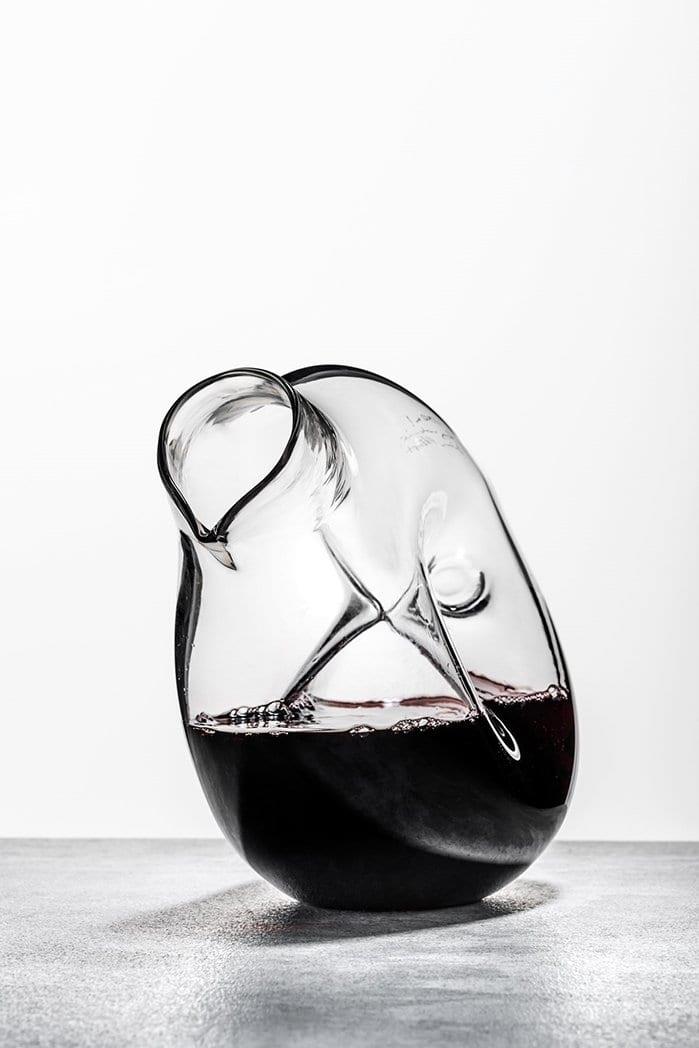Penfolds has been a pioneer in the world of winemaking since its establishment in 1844 by Dr. Christopher and Mary Penfold. The company’s success has been driven by a lineage of visionary winemakers who have pushed the development of the company to extraordinary, bold new heights. Mary Penfold’s reign at the helm of Penfolds saw years of determination and endeavour, experimenting with new methods in wine production. In 1948, Max Schubert became the company’s first Chief Winemaker and he propelled Penfolds onto the global stage with his experimentation of long-lasting wines – the creation of Penfolds Grange in the 1950s. Soon, the medals began flowing, and Grange quickly became one of the most revered wines around the world. In 2012, Penfolds released its most innovative project to date – 12 handcrafted ampoules of the rare 2004 Kalimna Block Cabernet Sauvignon. Today, Penfolds continues to hold dear the philosophies and legends that have driven the company’s success since its establishment in 1844.
Penfold’s Grange is Australia’s most revered wine, and its creation represents a distillation of Max Schubert’s ambition for Australian wine. Schubert joined Penfolds as a messenger boy in 1931 and by 1948, he became Penfolds’ first Chief Winemaker. In the latter part of 1950, Schubert was sent to Europe to investigate winemaking practices in Spain and Portugal. On a side trip to Bordeaux, Schubert was inspired and impressed by the French cellared-style wines and dreamed of making ‘something different and lasting’ of his own. Combining traditional Australian techniques, inspiration from Europe and precision winemaking practices developed at Penfolds, Schubert made his first experimental wine in 1951. In 1957, Schubert was asked to show his efforts in Sydney to top management, invited wine identities and personal friends of the board. To his horror, the Grange experiment was universally disliked and Schubert was ordered to shut down the project. Max continued to craft his Grange vintages in secret, hiding three vintages ’57, ’58 and ’59, in the depths of the cellars. Eventually, the Penfolds board ordered production of Grange to restart, just in time for the 1960 vintage. From then on, international acknowledgment and awards were bestowed on Grange, including the 1990 vintage of Grange, which was named Wine Spectator’s Red Wine of the Year in 1995. Today, Grange’s reputation as one of the world’s most celebrated wines continues to grow. On its 50th birthday in 2001, Grange was listed as a South Australian heritage icon, while the 2008 Grange vintage achieved a perfect score of 100 points by two of the world’s most influential wine magazines. With every new generation of Penfolds winemakers, Max Schubert’s remarkable vision is nurtured and strengthened. With each vintage release the cool-climate Bin 128 Coonawarra Shiraz provides an interesting counterpoint to the more opulent and richly concentrated warm climate Bin 28 Shiraz. Bin 128 comprises fruit sourced from the unique terra rossa soils of Coonawarra, a region that exemplifies the perfume, transparency and seductive nature of cool-climate red table wines. Coonawarra has remained the source of shiraz fruit for Bin 128 since the inaugural release of the 1962 vintage. In order to further enhance the regional qualities of Bin 128, the wine is matured in a mixture of new and seasoned French oak hogsheads, élevage that was refined during the 1980’s when the transition was made from American to French oak. Structurally impressive. Mouthcoating chalky tannins balanced by cranberry succulence and barely ripe mulberries. Italian herb garden: sage, rosemary, thyme, oregano. Bruschetta with sun-warm freshly picked tomatoes and basil drizzled with extra virgin olive oil. Succulent moreish acidity and tension. A mouth-watering wine, silky the finish. The 2020 vintage of Bin 128 pairs perfectly with game or beef. Enjoy now or cellar until 2036. A shiraz that always offers a comparative opportunity within the Penfolds portfolio, this time solely derived from the cooler climate Coonawarra region in South Australia’s south-eastern corner. The result is a more crimson-coloured fruit and berry profile, rather than blacker fruits. Importantly, this comes hand in hand with a good smatter of white pepper that confirms its cool climate credentials.






There are no reviews yet.